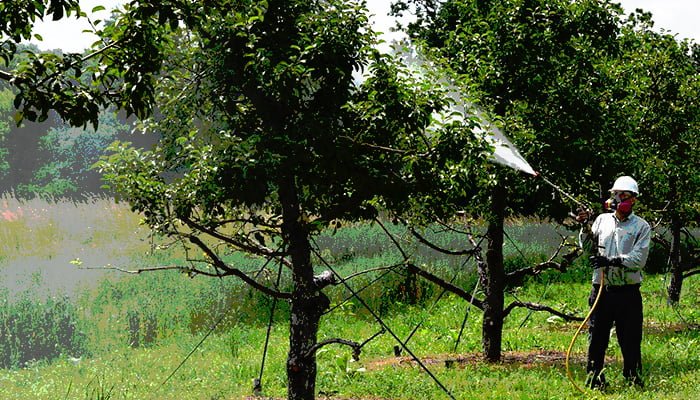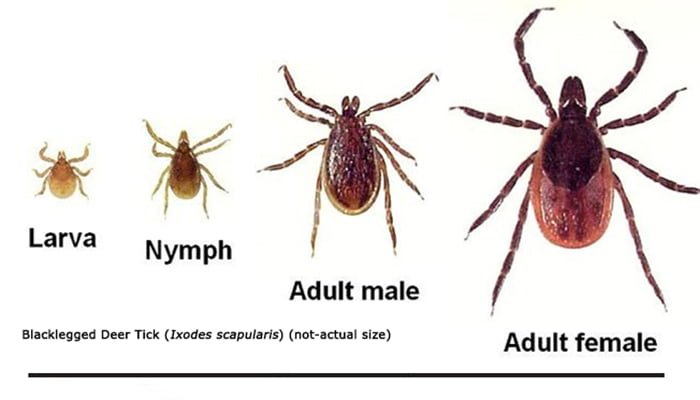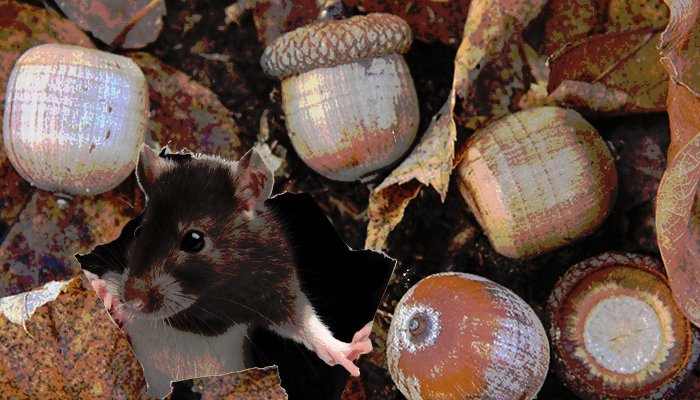Lyme Disease
Mice host the bacterial borrelia burgdorferi. When ticks feed on mice blood containing these bacteria and then attach onto humans, this bacteria spreads to humans in the form of Lyme Disease and other tick-borne diseases. In addition to the mast year, we also saw a generally mild winter, which allows for adult ticks to be more active, further increasing the chances of contracting a tick-borne disease this season.
If you find a tick on your clothing or skin, it is important to look for the following common Lyme Disease symptoms in the days to follow:
- Body, muscle and joint fatigue
- Fever
- Malaise
- Neck stiffness
- Bull’s eye pattern or rash
- Headaches
- Lightheadedness
- Trouble sleeping
- Flu-like symptoms
- Memory loss
Lyme Disease typically takes 12-36 hours to transmit after a tick embeds. So, after finding a tick, depending on the time in your skin, you may be able to avoid contracting any tick-borne diseases. However, it is important to treat the symptoms regardless, because it is hard to know how long a tick was actually in you.
Bug sprays and other tick repellents for humans or pets are a popular means of prevention. But, an even better way to protect you and your family, is to spray for ticks in your yard.
It seems that each year, the tick population in the Hudson Valley is on the rise, and with it, so too are the reported cases of tick diseases. It is no longer just Lyme disease that is of concern but many other dangerous tick-borne diseases, one of which called Powassan that can be fatal. The …
Tick Diseases On The Rise: A 2019 Outlook Read More »
Earlier this month, we discussed and addressed some common concerns and questions in regard to where ticks live, how long they live, tick prevention methods, if they fly, tick protection etc. In this article, we briefly touched on things you can be doing in your yard to help decrease the tick population. But, we wanted …
Tick Removal: Keep Out Of Yard! Read More »
It is not uncommon to wonder about ticks; where they live, how long they live, where you’re most likely to get bit, if they fly, etc. In the Hudson Valley, interest in and research on ticks and tick-borne diseases is becoming much more prevalent as our cases of these diseases and our population of ticks …
Do Ticks Live In Trees? Tick FAQ Read More »
The warm weather means more time spent outdoors. More time spent outdoors means the higher your chances are of coming into contact with ticks, especially in the Hudson Valley. Bug sprays and other tick repellents for humans or pets are a popular means of prevention. But, an even better way to protect you and your …
When To Spray For Ticks In Your Yard Read More »
Scientists predicted the severity and increased population of ticks in 2017 two years ago, and here’s how – In 2015, we experienced a “mast year”. This means that trees produced a ton of acorns. The year following a mast year always brings a large population of mice that gnaw on the acorns. The year after …
Lyme Disease: Why 2017 Has So Many Ticks Read More »
Now is the time to start thinking about your plant health care and tick control options. Several counties within the mid-Hudson Valley have the nation’s highest rates of Lyme Disease, making effective tick control methods extremely important. Lyme Disease is caused by a bite from an infected black-legged tick, more commonly known as a deer tick. Most …
What’s Your Tick Control & Plant Health Care Plan for Spring? Read More »








